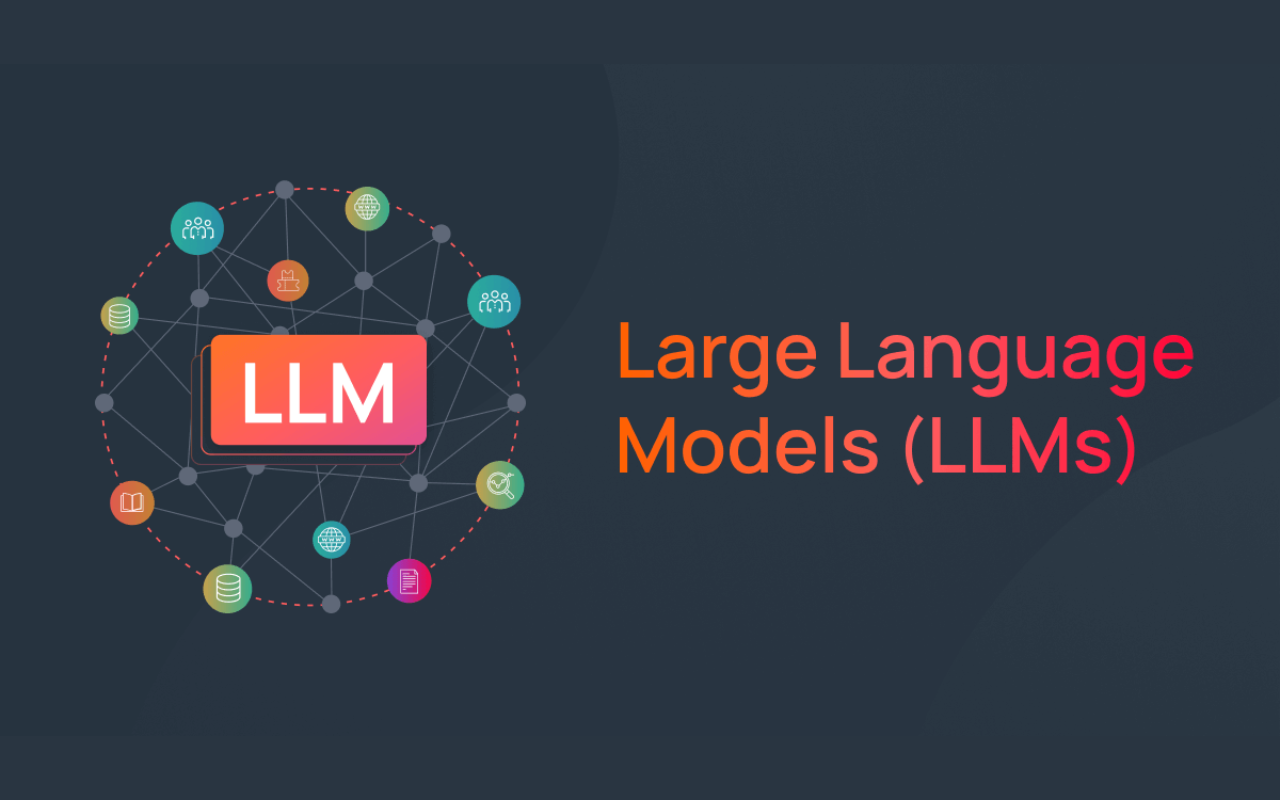ChatGPT took the world by storm, dazzling people with its eloquent, nuanced natural language generation. But while impressive on the surface, peering under the hood reveals notable weaknesses.
In this post, we’ll demystify the inner workings of large language models (LLMs) like ChatGPT. My goal is an authoritative analysis separating fact from fiction regarding recent AI advances.
How LLMs Work: Understanding Their Simultaneous Promise and Limitations

So what exactly are LLMs and how do models like ChatGPT operate? In a nutshell:
- LLMs ingest massive text datasets, allowing them to predict remarkably fluent human language
- But unlike humans, LLMs lack comprehension, reasoning, and factual grounding about the real world
- So while they can generate beautifully polished text, they often lack coherence, accuracy, or sound logical foundations
Let’s explore the mechanics and limitations of LLMs more closely…
LLMs Don’t Actually Understand the Words They Generate
The key to understanding LLMs strengths and flaws lies in their training methodology:
- They ingest up to hundreds of billions of words from websites, books, articles, and more
- By detecting word patterns, they learn probabilities about potential sequences
- This allows them to then generate new combinations conforming to those linguistic patterns
However, there’s no encoded meaning attached to those words. Merely predicted sequences based on prior examples.
So while eloquent, there’s no true comprehension or reasoning happening behind the scenes. And that explains many of LLMs’ glaring factual errors and logical gaps.
LLMs Lack Grounding in the Real World
Furthermore, because LLMs only ingest text corpora during training, they lack real-world knowledge about how reality operates.
So any “facts” or “knowledge” displayed by models like ChatGPT is shallow and inaccurate – pieced together from word patterns rather than grounded in truth.
This lack of reasoning and factual foundations explains LLMs’ notoriously incorrect or nonsensical statements. Their responses might sound amazing but are often complete fiction.
There’s No Consistent Identity or Belief System
Finally, LLMs also lack a persistent identity tying responses together:
- Humans develop cohesive beliefs and integrity around topics over time
- LLMs like ChatGPT generate each response independently without consistency
- So you’ll see blatant contradictions as you probe them across questions
In isolation, LLM outputs might seem coherent and intelligent. But push further and their flaws become apparent.
Closing Thoughts: Measured Optimism in the Face of Hype
The rapid progress in natural language AI is impressive. In narrow applications, tools like ChatGPT show promise.
However, inflated claims around human-level intelligence seem premature. LLMs have come far, but still face fundamental constraints relative to biological cognition.
Excitement is warranted, but hype should be tempered. The path ahead remains long, but LLMs provide a small glimpse at future possibilities.
